There's a 'Secret Versailles' Right Outside Paris — and It's Amazing
Before King Louis XIV set the gold standard for decadent design, there was Vaux-le-Vicomte.
It’s hidden in plain sight, in Maincy, less than an hour from the center of Paris, surrounded over 1,200 acres of manicured forest and elaborate labyrinthine gardens. And if it looks familiar, that's because it was the direct inspiration for the Palace of Versailles.
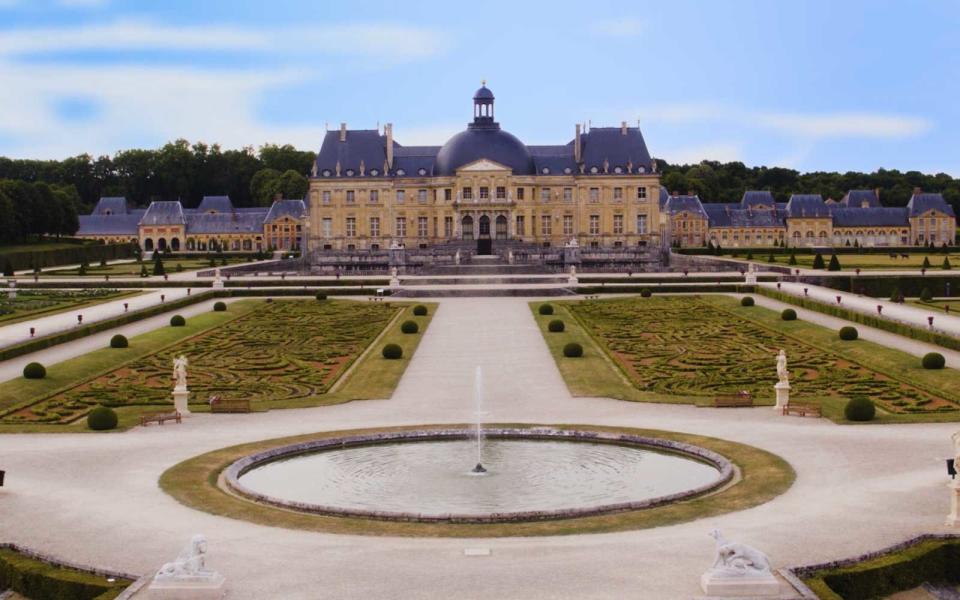
This baroque property is the subject of a new documentary series from Sotheby's, “Treasures from Vaux-le-Vicomte.”
The story of Vaux-le-Vicomte is one of society drama and royal intrigue. Its founder, Nicolas Fouquet (Marquis de Belle Île and Viscount of Melun), had the type of meteoric rise and highly public fall from grace that marked many aristocratic careers under King Louis XIV. Admitted to the French parliament at just 13 years old, Fouquet was an important government official by his 20s, and was named superintendent of finances by the king at 38. After the death of Cardinal Mazarin, many expected that Fouquet would replace him as the king’s most powerful minister. But it was not to be.
Fouquet began construction on his massive property at the height of his career — a project that involved demolishing the entire town of Vaux. Alexandre de Vogu?é, whose family has owned the property for five generations, explains in the series: “He has this dream when he's not even 20 years old. He wants to have the most beautiful house — ever.”
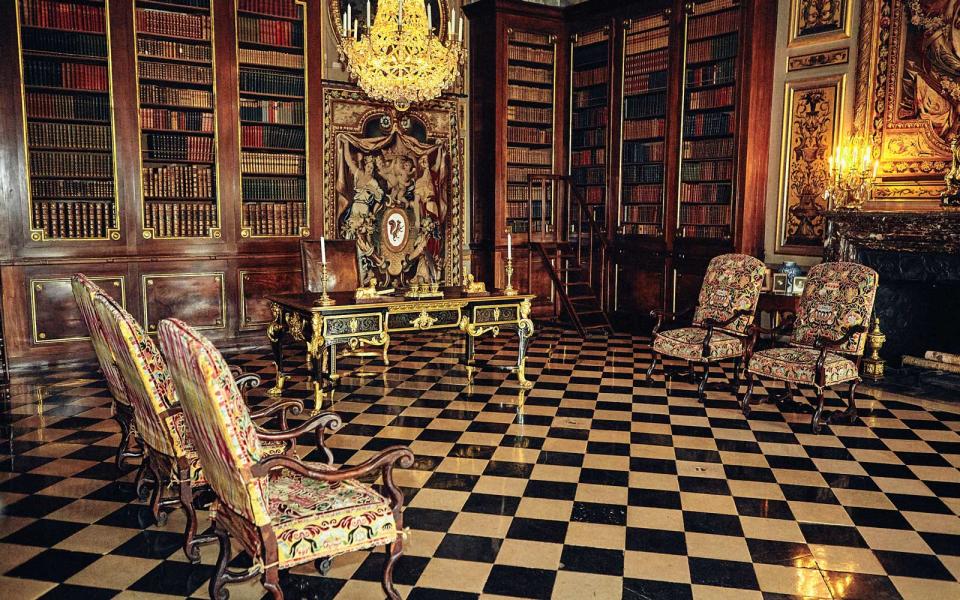
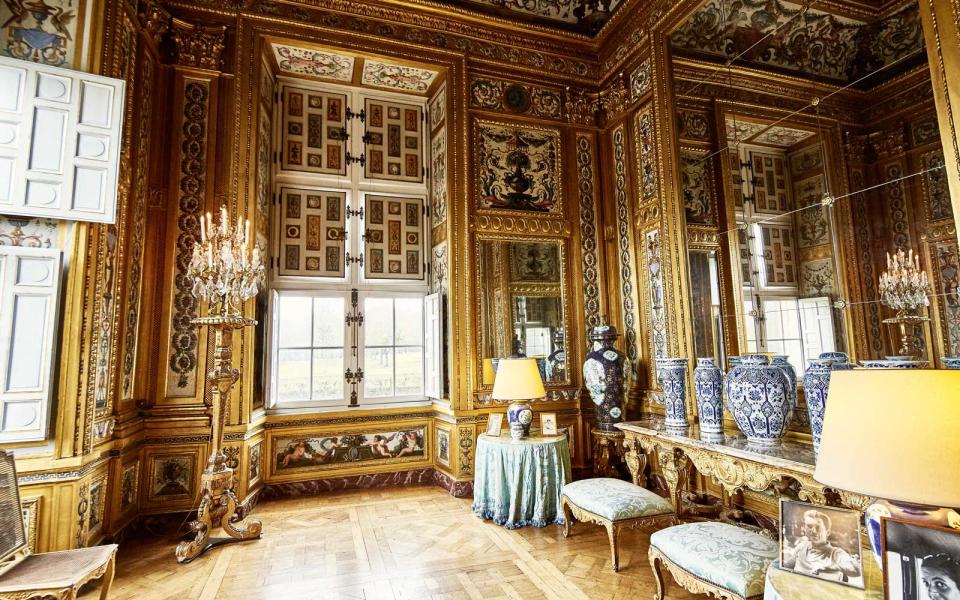
A patron of artists and writers like La Fontaine and Charles Perrault, Fouquet enlisted the most famous designers of his era. Louis Le Vau, principal architect of King Louis XIV, designed the château. Gardener André Le Nôtre, the king’s advisor and principal gardener, did the landscapes. Court artist Charles Le Brun spearheaded the interior design.
There were two conditions for the collaboration, says de Vogu?é: “They had to work together, and they had to be as bold and as innovative as possible.”
Vaux-le-Vicomte was poised to be the most beautiful estate in France, but during construction rumors began to swirl around Fouquet’s massive wealth and the mismanagement of money in the royal treasury. Louis XIV declined to appoint Fouquet as the head of state (effectively beginning the rule of absolute monarchy that would inevitably get his great-great-grandson beheaded during the French Revolution). Some speculate that the King was jealous of Fouquet’s effortless social climbing and the astounding château he had built.
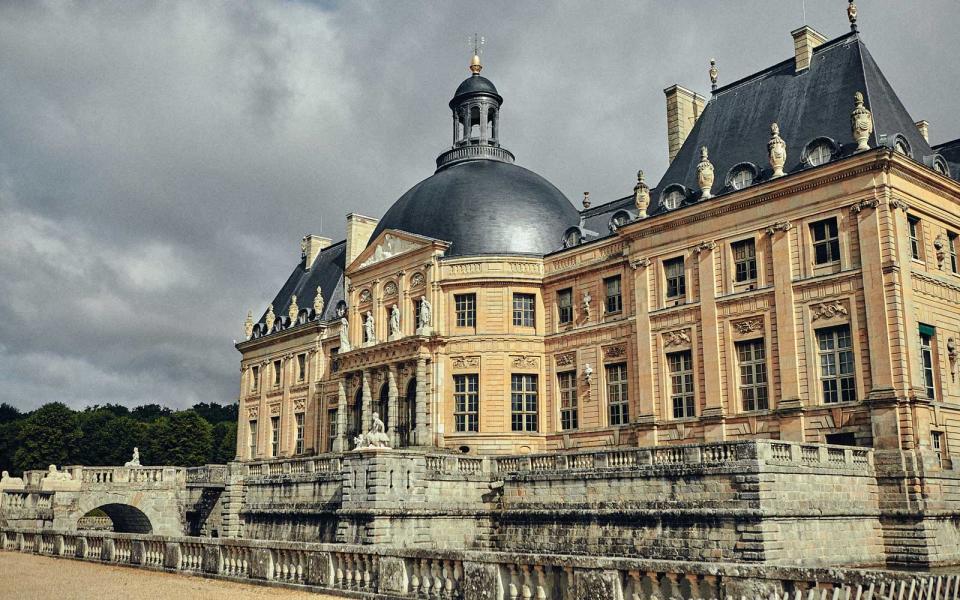
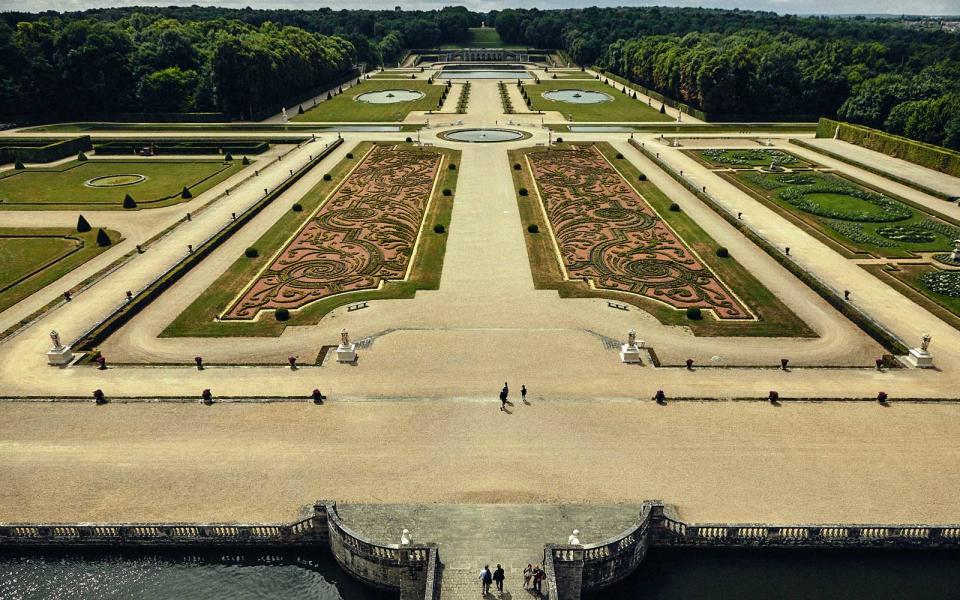
Among the many splendors of Vaux-le-Vicomte is Le Nôtre’s garden, which many consider the first example of the French Formal style, with optical illusions, classical statuary, and 26 decorative ponds. Also hugely influential were Le Brun’s epic painted ceilings, like the celestial mural across the innovative oval dome of the Grand Salon. Fouquet’s art collection was enormous, and many of the paintings he displayed later ended up in royal collections and national galleries. But Fouquet lived in the completed château for less than a year before his fortunes changed.
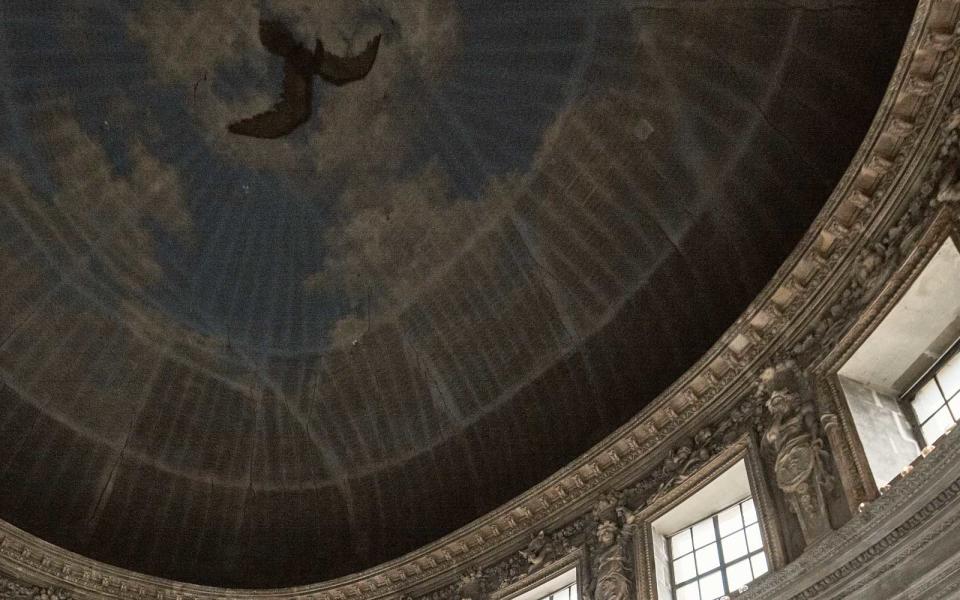
The culminating scene in the drama seems pulled from an overwrought period piece: A lavish party at Vaux-le-Vicomte, held in the King’s honor, solidified Louis XIV’s decision to arrest his finance minister. Fouquet's capture led to a spectacular trial, temporary exile, and eventual incarceration at a fortress in Northern Italy. Perhaps not coincidentally, the main stoker of the corruption accusations was Jean-Baptiste Colbert, the man who would be named to the post after Fouquet’s imprisonment.
Related: 12 Eiffel Tower Facts You Probably Didn't Know
At Versailles, the parallels to (and plagiarism from) Vaux-le-Vicomte are easy to see. Fouquet’s chateau, planning for which began in 1641, opened 20 years later to as the most lavish residence of its kind — 21 years before the completion of Versailles. But King Louis XIV poached back his gardener, designer, and architect from the Vaux-le-Vicomte team for his own, better-funded project.
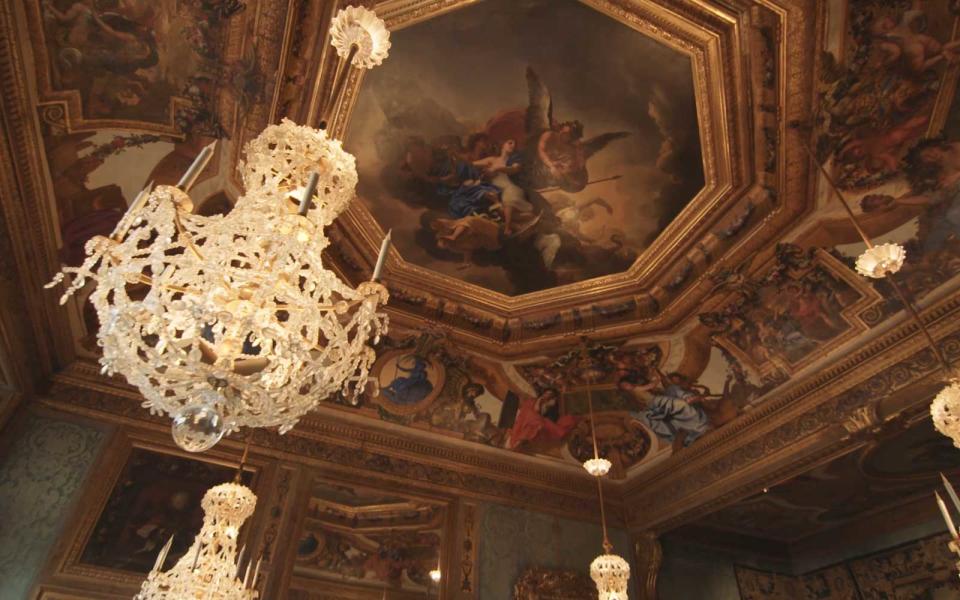
In addition to Versailles, the members of Fouquet's original design team would eventually work on French icons like the Hôtel Lambert, the Tuileries, and the Louvre. Fouquet died in prison before the King’s copy of his magnum opus debuted in 1682.
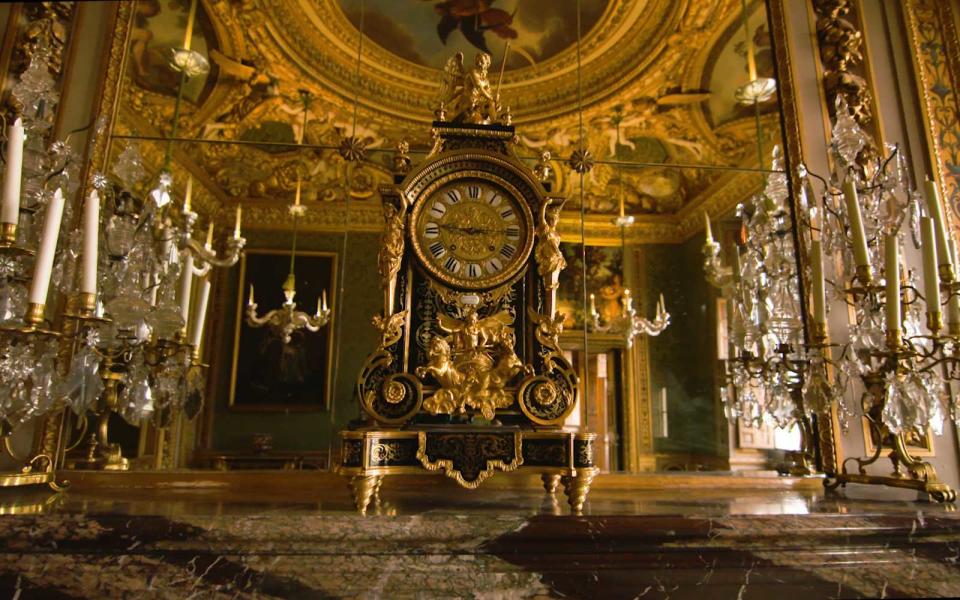
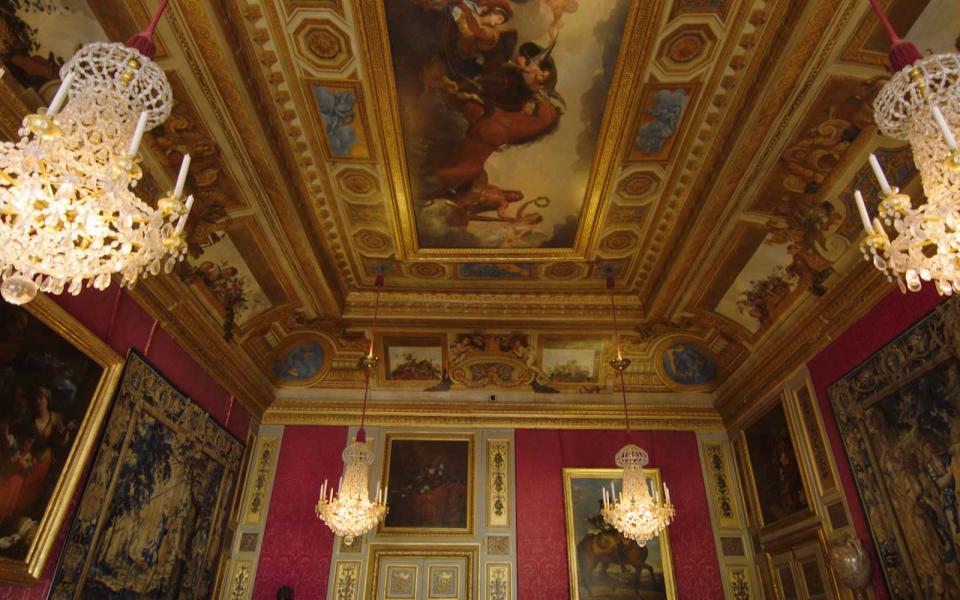
After Fouquet’s imprisonment, the property changed hands many times, sold by his wife and owned by a succession of aristocrats. The property has been with the de Vogu?é family, the current owners, since 1875, when an industrialist ancestor purchased the grounds at auction and resolved to restore the château to its former glory.
The estate, the largest private property to be named a Historic Monument by the French government, is now run by brothers Alexandre and Jean-Charles de Vogu?é, who grew up sliding down the bannisters of the château’s grand staircase.
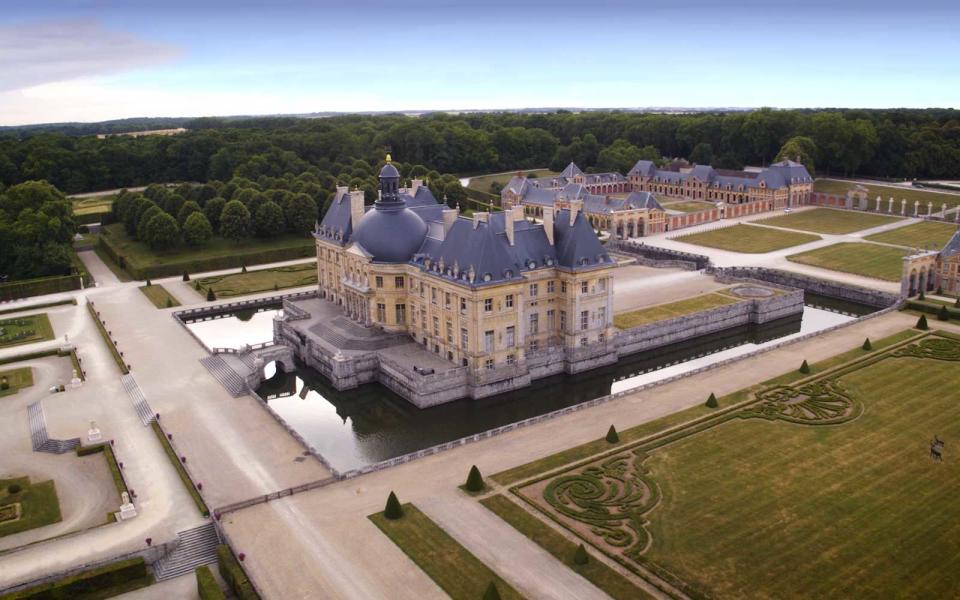
Their renewed passion for restoring this historic property includes plans to preserve and replant the sprawling garden and continue the acquisition of era-appropriate works of art. Among their treasures: three Paolo Veronese paintings and several by French Baroque painter Nicolas Poussin.
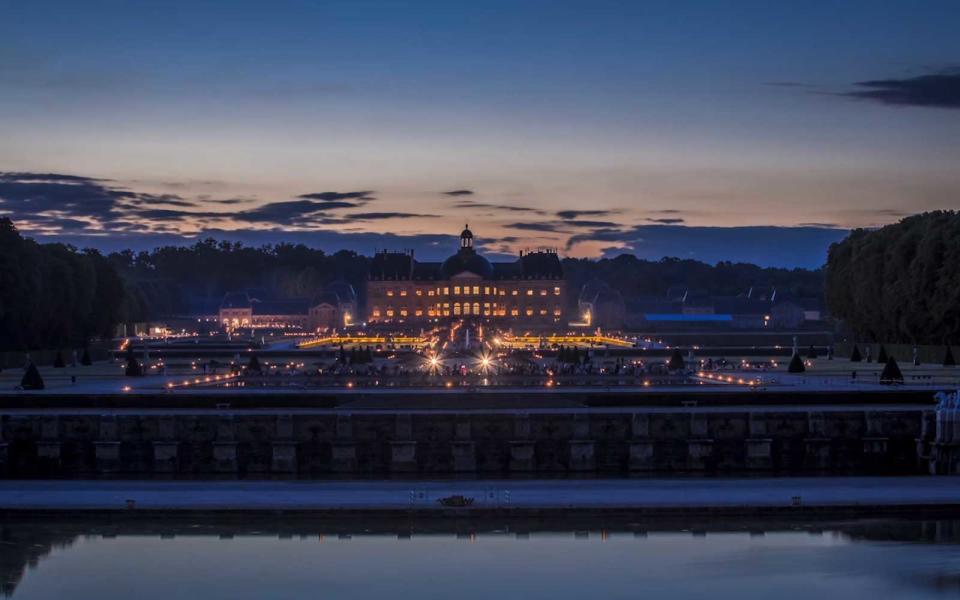
The secret splendor of Vaux-le-Vicomte draws only 300,000 visitors every year compared to Versailles’ 3 million. Insiders know, though, where Louis XIV’s famous estate got its start.

